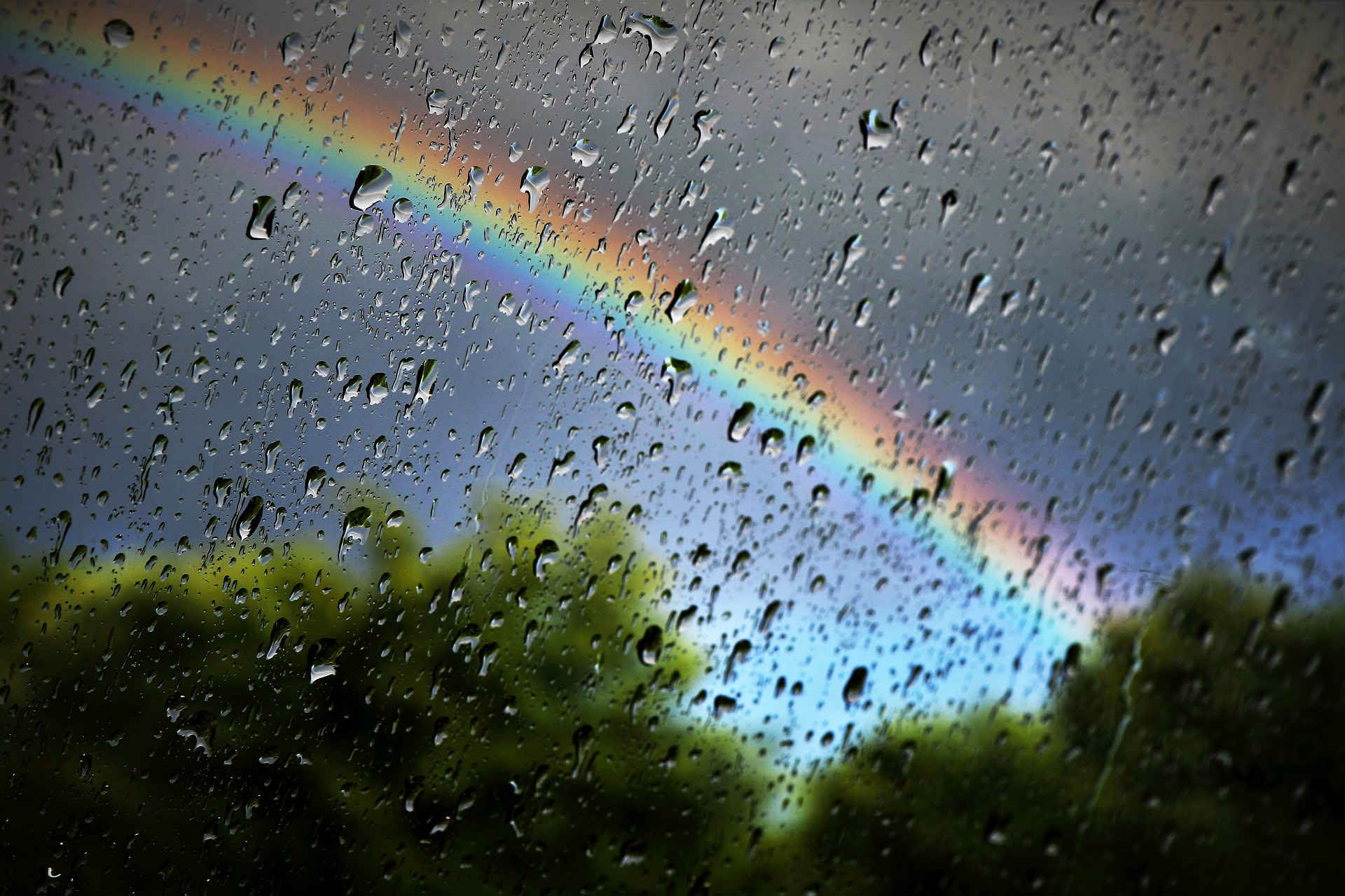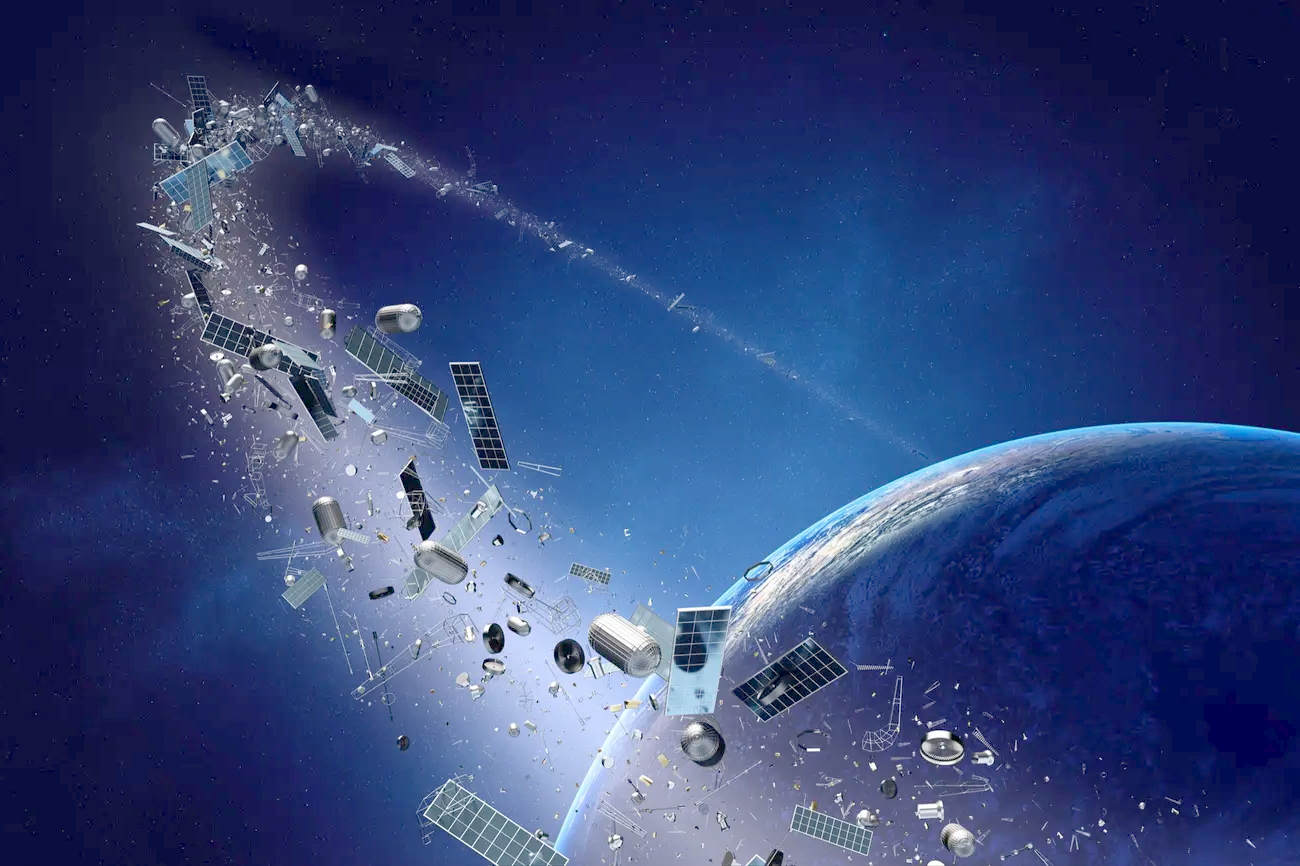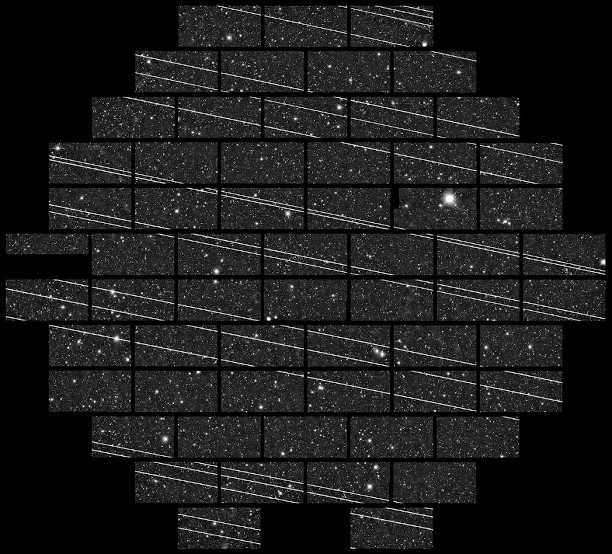For centuries, our connection to the night sky has been a source of spiritual inspiration, nourishment and guidance. This is now in serious jeopardy along with the health of the ionosphere itself.
To continue with the deployment of the planned 50,000+ non-stationary low orbit satellites over the next 10 years without stopping to question the consequences is regarded as utter foolishness. Scores of new satellites are already being launched every week from the U.S. and other countries.
The effects of the pulsed microwave radiation on the integrity and health of the magnetosphere is not fully understood, but there is no doubt that the satellites will have a significant influence on the electrical properties of the atmosphere. Each satellite will emit millimetre waves with an effective radiated power of up to 5 million watts from thousands of antennas arranged in a phased array. Although the energy reaching the ground from satellites will be less than that from ground-based antennas, it will irradiate areas of the Earth not reached by other transmitters. A consequence of this is that there will be no safe areas on Earth for people to escape to – a devastating predicament for those who are already disabled by being electrosensitive,
Astronomers are extremely concerned by the possibility that Earth may be blanketed by tens of thousands of satellites, which will greatly outnumber the approximately 9,000 stars that are visible to the naked eye. Observations from the ground have led to exceptional progress in understanding the Laws of nature. Further progress is now endangered by interference with their instrumentation.
Over 1900 astronomers from around the world have expressed their objection by signing the Astronomers’ Appeal calling for greater effective protection and safeguarding of observatories and the right to observe a sky free from artificial polluting sources.
Meteorologists say the future of weather forecasting worldwide is threatened by allowing transmissions from mobile-phone networks to degrade the quality of Earth observations from space. There is a 5G frequency being used which may well interfere with the 23.8GHz frequency which is used by weather satellites to measure humidity.


The launches themselves have an enormous carbon footprint. Over 300 satellite launches in total are necessary for the first 20,000 satellites estimated to be repeated every 5 years as they have only this short lifespan. This will contribute significantly more harm to the environment in warming and damage to the ozone layer than all the world’s cars in total, on a continuing basis. every year, Polluting space with metallic debris is a grave concern.
The number of satellites planned to be in orbit increases the chance of satellite collisions, which can trigger further collisions by the space debris – known as the Kessler effect.
A near collision happened in September 2019 when the European Space Agency had to take avoidance action by changing the orbit altitude of one of their wind monitoring satellites. Starlink were not available to alter the course of theirs when contacted by the ESA.


Lines of starlink satellites visible in an astronomical image (NSF’s National Optical-Infrared Astronomy Research Laboratory/NSF/AURA/CTIO/DELVE)
